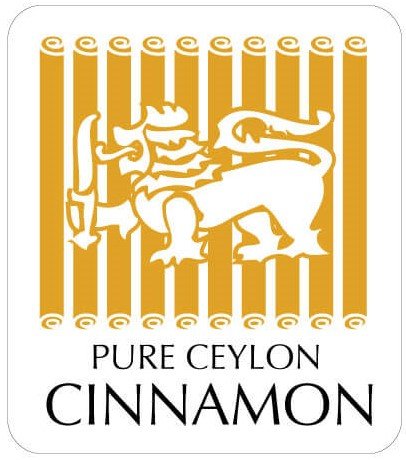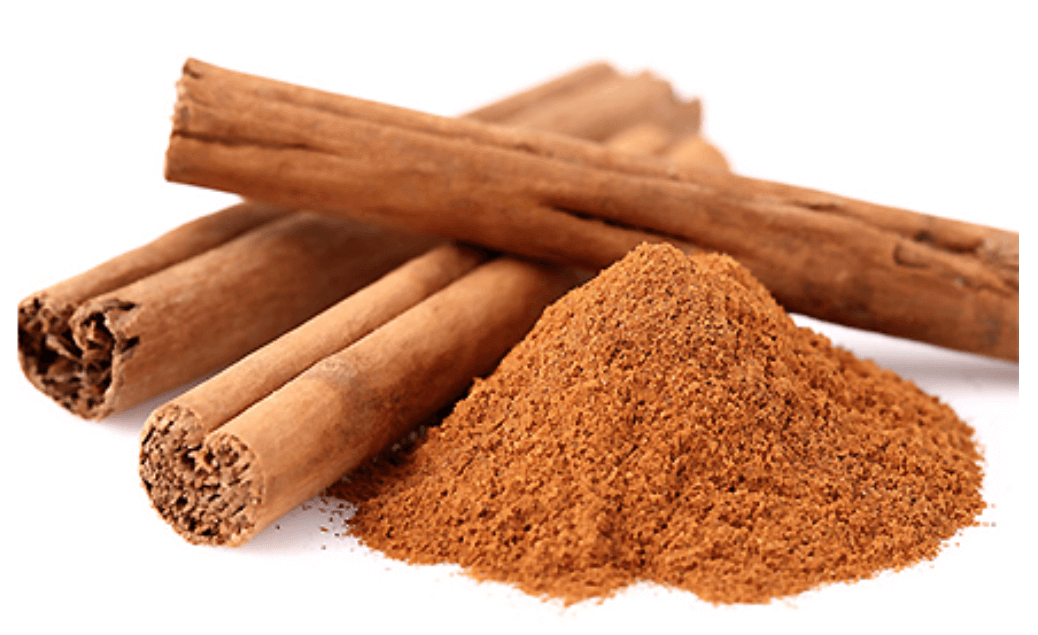- Home
- Ceylon Cinnamon


Ceylon Cinnamon
History
Ceylon cinnamon, also called “True Cinnamon,” originates from Sri Lanka and is prized for its unique taste and aroma. Historically valued in the West for its preservative properties, cinnamon played a significant role in global exploration during the 15th century. Sri Lanka was the sole producer of genuine cinnamon, as evidenced by trade agreements such as the Hanguranketha agreement of 1766 with the Dutch.
Dutch efforts greatly boosted cinnamon production through domestication and expansion. Governor Falck initiated systematic cultivation in 1767. Cinnamon cultivation is concentrated along Sri Lanka’s coastal belt, covering approximately 45,000 acres. Peeling occurs during two main seasons: April/May to September/October. Ideal conditions include a wet climate with annual rainfall exceeding 1750mm and temperatures between 25°C-32°C.


Difference between Ceylon Cinnamon and Cassia
Ceylon Cinnamon and Cassia are both traded internationally, but Ceylon Cinnamon is less known and often mistaken for Cassia, highlighting the need to understand their differences. Derived from the Cinnamomum Zeylanicum blume plant indigenous to Sri Lanka, Ceylon Cinnamon has thin, papery bark forming multiple layers, whereas Cassia has a rougher, thicker bark with fewer layers. Ceylon Cinnamon, known as “sweet cinnamon” or “true cinnamon,” is preferred for its superior flavor profile, attributed to terpinoids absent in Cassia. Physically, Ceylon Cinnamon is tan brown, fragile, and offers lighter, brighter citreous tones, while Cassia is reddish dark brown, tougher, and tastes stronger and hotter.
Moreover, Ceylon Cinnamon contains minimal coumarin, a naturally occurring blood-thinning substance, whereas Cassia has higher levels, posing potential risks to the liver and kidneys if consumed regularly. The Federal Institute for Risk Assessment in Germany advises limited consumption of Cassia to 2 grams daily and recommends Ceylon Cinnamon for its lower coumarin content. Price-wise, Ceylon Cinnamon commands a premium, being over 10 times more expensive than Cassia. These differences emphasize the importance of informed decision-making when choosing between the two varieties.
Use of Ceylon Cinnamon
Cinnamon is a crucial spice in Sri Lanka, also exported as value-added products like oil and powder. It’s extensively used in food and beverages for flavor and aroma.
Medicinally, cinnamon is rich in potent antioxidants, ranking highest among spices. Ceylon Cinnamon possesses anti-inflammatory properties and aids in reducing heart disease risk and managing blood sugar levels effectively.
Research hints at cinnamon’s potential in cancer prevention, though primarily based on laboratory studies. It serves as a natural food preservative and finds applications in pharmaceuticals and cosmetics globally, particularly in perfumes and scented products.
